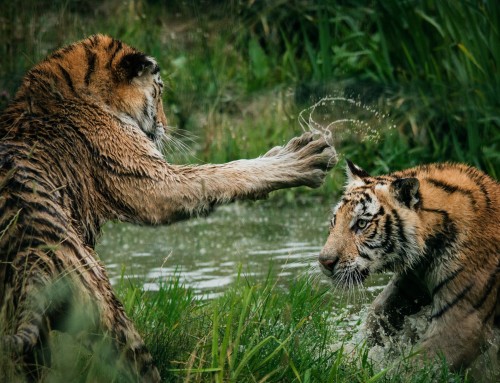Revelation is God’s condescension to have face-to-face friendship
with His image bearers. It’s an act of divine fellowship,
and as the creature readily receives it it’s an act of worship.
But now sin disturbed this.
So God’s revelatory acts have a dual purpose:
on the one hand, wrath, on the other, rescue,
epitomized in two covenants, the old and the new.
The Law points to love as the right kind of worship,
but left image bearers out of immediate divine fellowship.
Wrath rested on people for transgression
and the Law never brought perfect blessing.
The only way to secure this was perfection
and thus it must come from divine condescension.
God the Word, in eternal face-to-face fellowship with God,
condescended to dwell with us and show us who we’re not.
The Image of the invisible, taking the form of the sinful,
a unity of the Divine Nature and human body and soul.
The immediate revelation of God as covenant Maker
yet simultaneously the loving human party that’s faithful.
For the guilt of our covenant breaking and dishonor,
the Son bore the eternal wrath of God the Father.
This revealed the just judgment of God’s holiness
in response to a world that reels under its own brokenness,
but at the same time displays God as merciful and gracious
in the depths He would condescend to rescue, save men.
By His death satisfaction was made and justice honored
and every infraction of the Law was paid in His slaughter.
Thus having accepted the atonement of His Beloved
the Father raised Him to life in ’emet and hesed.
Christ now lives unto God in crowned fellowship,
and rescues all who readily receive Him, which is an act of worship.



